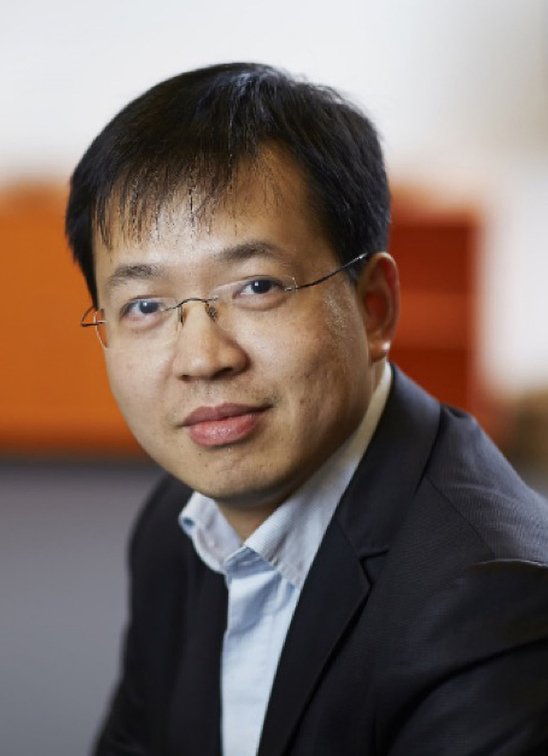| Prof. Yan ZhangUniversity of Electronic Science and Technology of China, China IEEE Fellow, Member, Academia Europaea Member, Royal Norwegian Society of Sciences and Letters Academy Member, Norwegian Academy of Technological Sciences, "Highly Cited Researcher" Yan Zhang is currently a Full Professor with University of Electronic Science and Technology of China, China. His research interests include next-generation wireless networks leading to 6G, green and secure cyber-physical systems. Dr. Zhang is an Editor for several IEEE transactions/magazine. Since 2018, Prof. Zhang has been listed as a Highly Cited Researcher by Clarivate Analytics (i.e., Web of Science). He is Fellow of IEEE, Fellow of IET, elected member of Academia Europaea (MAE), elected member of the Royal Norwegian Society of Sciences and Letters (DKNVS), and elected member of Norwegian Academy of Technological Sciences (NTVA). |
| Prof. RuiLi WangMassey University, New Zealand Current Research Areas Artificial intelligence and its applications · Speech Processing (e.g., Maori Speech Recognition, Speech Emotion) · Image Processing (e.g., Human Action Recognition, video captioning) · Language Processing (e.g. sentiment analysis, machine translation) · Data Mining/Big data · Video processing and Computer Vision |
| Prof. Tie QiuTianjin University, China Dr. Tie Qiu is currently a Full Professor at the School of Computer Science and Technology, Tianjin University, China. Prior to this position, he held the position of assistant professor in 2008 and associate professor in 2013 at the School of Software, Dalian University of Technology. He also served as a visiting professor at the Department of Electrical and Computer Engineering at Iowa State University in the U.S. from 2014 to 2015. Additionally, he holds editorial roles for prestigious journals such as IEEE Transactions on Network Science and Engineering (TNSE), IEEE Transactions on Systems, Man, and Cybernetics: Systems; Ad Hoc Networks (Elsevier); Computers and Electrical Engineering (Elsevier); Human-centric Computing and Information Sciences (Springer). Furthermore, he has been involved in various capacities including General Chair, Program Chair, Workshop Chair, Publicity Chair, Publication Chair or TPC Member for numerous international conferences. Driven by his expertise in networking research field showcased through publications like IEEE/ACM Transactions on Networking; IEEE Transactions on Mobile Computing; IEEE Transactions on Knowledge and Data Engineering; IEEE Transactions on Industrial Informatics; IEEE Communications Surveys & Tutorials; INFOCOM; GLOBECOM etc., he has gained recognition with 16 papers listed as ESI highly cited papers. Moreover, his contributions extend beyond academia with involvement in developing copyrighted software systems and inventing patents totaling to four software systems developed under copyright protection along with sixteen patented inventions. His professional affiliations include being a distinguished member of China Computer Federation (CCF) as well as holding Senior Membership status within both the Institute of Electrical and Electronics Engineers (IEEE)and Association for Computing Machinery(ACM). |
To be UpdatedTo be Updated To be Updated |



